DA-39 - GIS&T and Recreation Planning and Management

Human interactions with each other and the environment are intrinsically connected to the opportunities and limitations of where we live and where we are able to go. The connections between places of origin, destinations, and travel routes mean that recreation and tourism inherently rely on spatial concepts of place and human-environment interactions. Tourism and recreation are major economic drivers, yet these sectors are constantly evolving as people embrace different ways to travel and recreate and environmental and socio-economic conditions change. Advances in GIS technology and computing ability are shaping the questions asked and tools used by researchers to understand the drivers and impacts of recreation. In this entry, we highlight current research and approaches used to characterize access to green spaces in urban areas, to understand recreational behaviors and tourist preferences through social media, to map landscape aesthetics and cultural ecosystem services, and to quantify the impacts of tourism and recreation on protected areas. Starting with urban areas and local extents and moving to protected areas and regional processes, we summarize scholarship focused on different types of places and occurring across different extents and scales to provide a digest of current research.

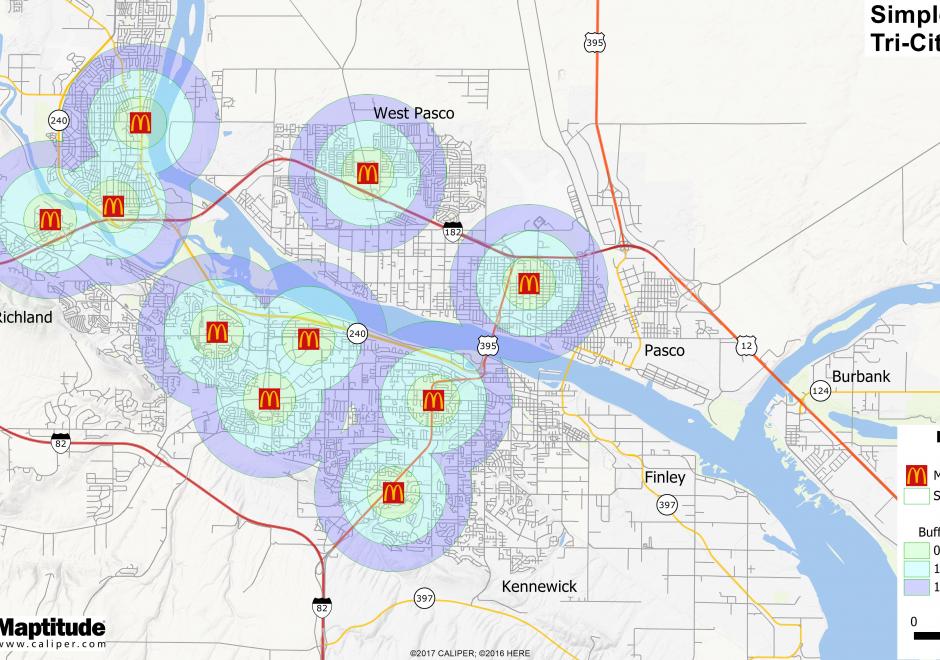
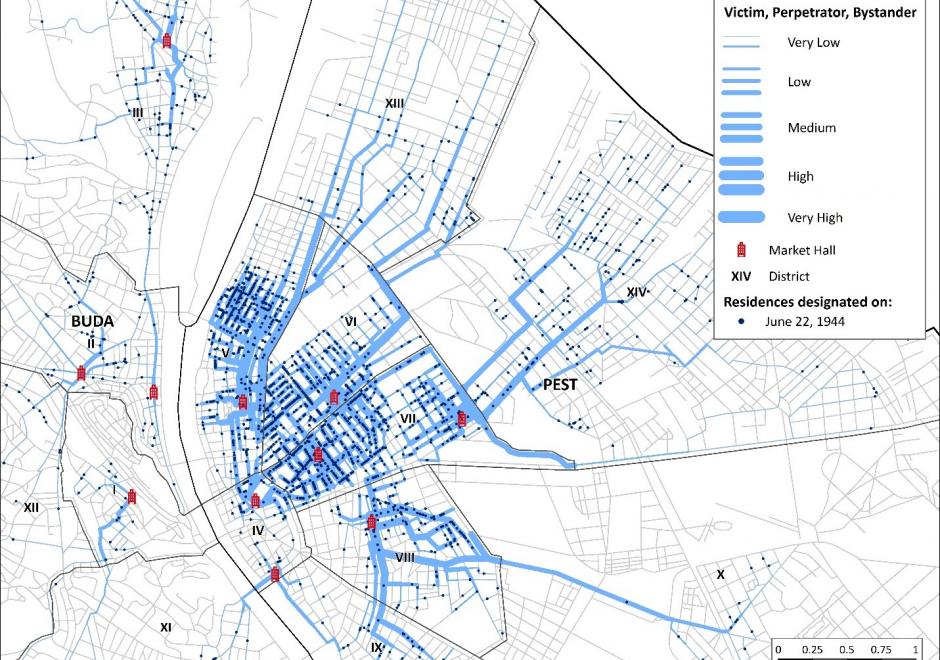
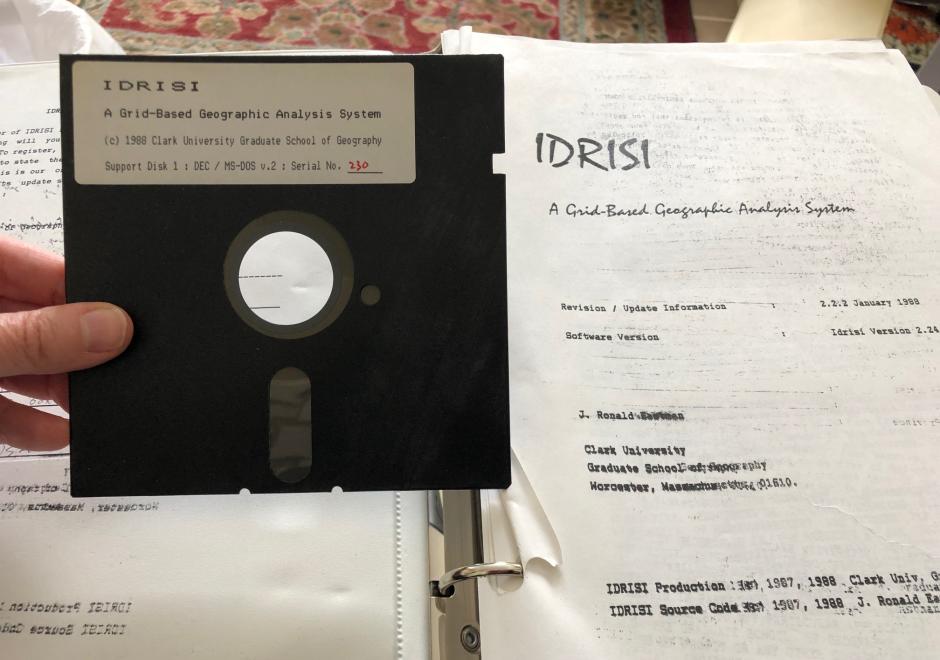
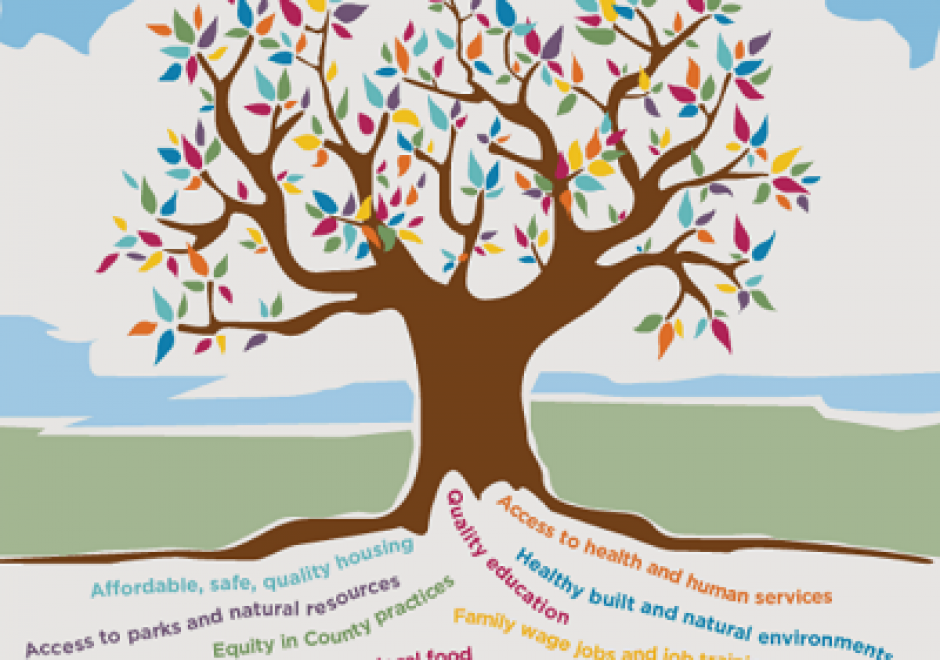
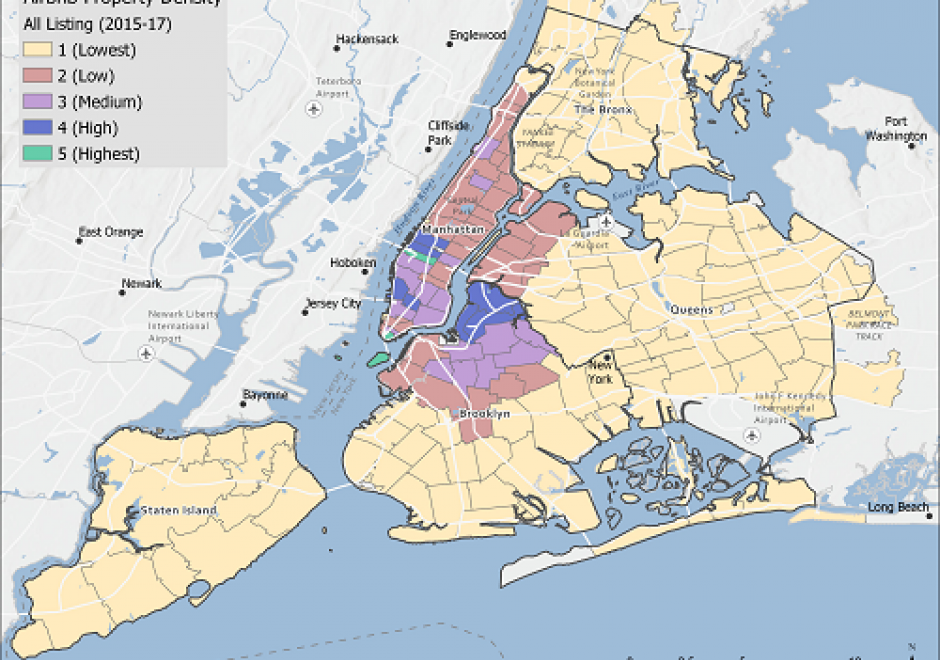
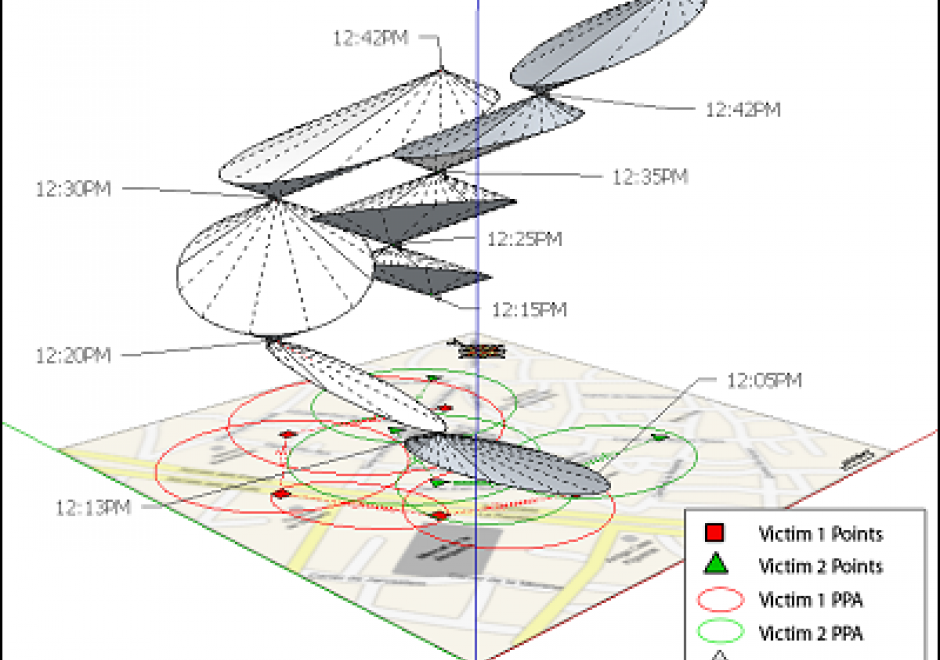
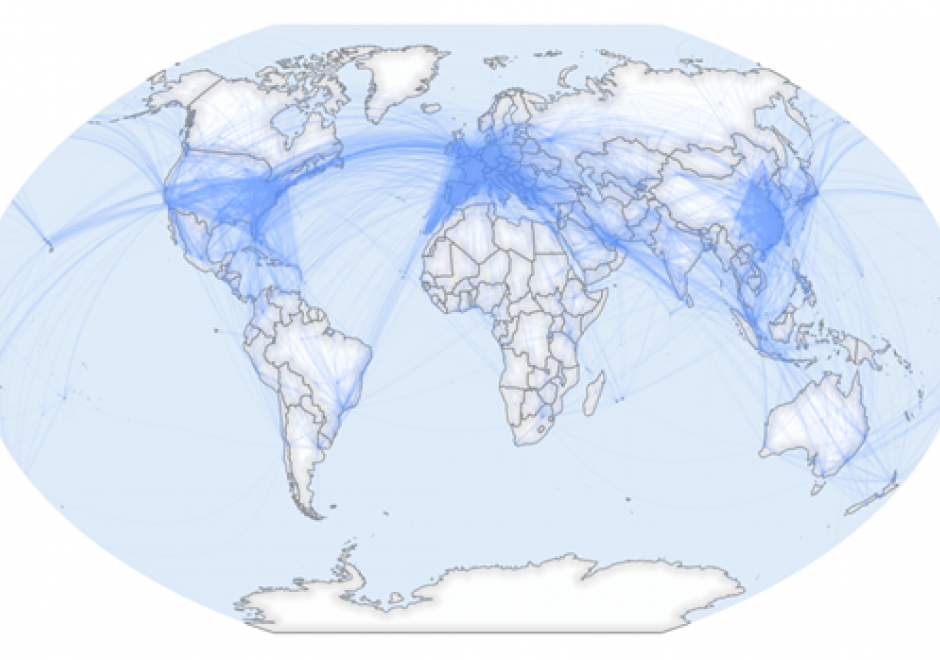
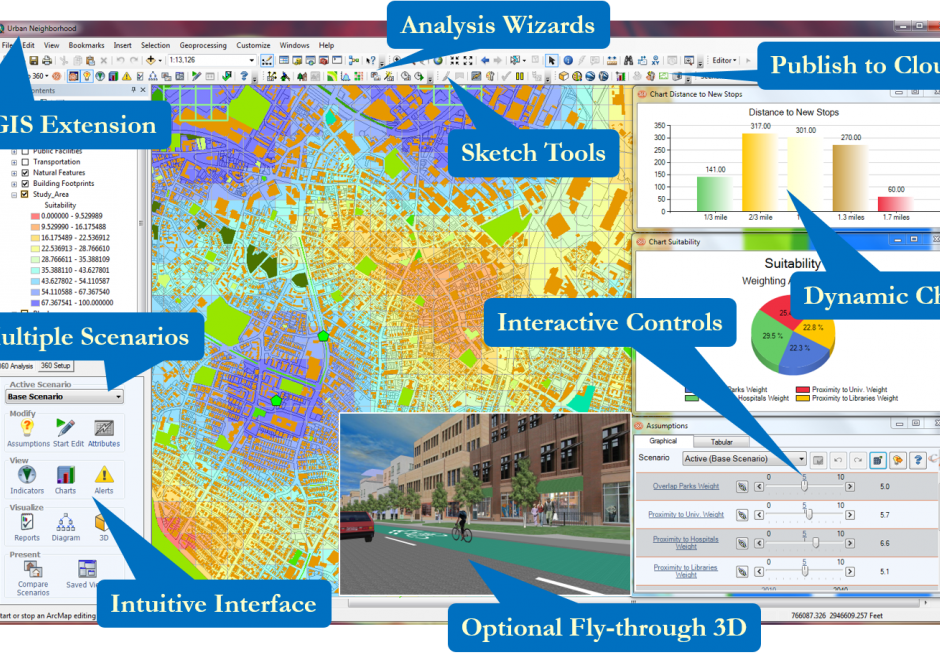
DA-10 - GIS&T and Real Estate
Real Estate GIS concerns all dimensions of real estate that can be better understood or operationalized by knowing its geospatial context. Improving real estate decisions via GIS and related geospatial technologies is now expected by management of all industries, as well as home-renters and home-buyers in the residential market. Real Estate GIS Specialists are individuals who have applied knowledge and skills across the disciplines of business geography, the practice of real estate, and the application of geospatial technologies to support decision making in this realm. There is a good reason why the mantra of “location, location, location” is a long-standing tenet within the business of real estate.